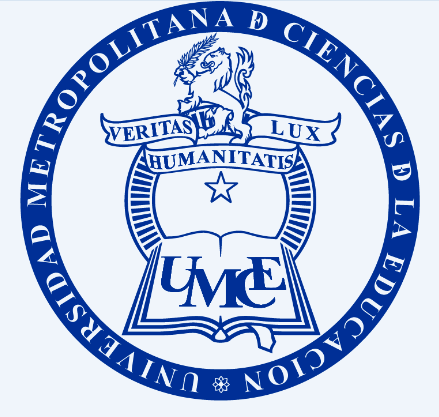Contenido principal del artículo
abr 20, 2023
Resumen
Se describe un obstáculo sociocultural para la apropiación del concepto de límite de la matemática del cambio, en el nivel terciario de estudios, a saber, la representación cotidiana de límite. Esta evidencia se obtiene como parte de una investigación que aborda la pregunta por aquellas facetas tanto congruentes como contradictorias de las representaciones cotidianas de límite y aquellas de las matemáticas, que favorecen u obstaculizan la formación de un pensamiento variacional en los estudiantes. En lo metodológico, se recurrió a la noción de representación para develar las ideaciones estudiantiles y al análisis estructural para interpretar los discursos estudiantiles.
Citas
Brousseau, (1987). Fundamentos de Didáctica de la Matemática. Manuscrito no publicado. Trad. Centeno J., Melendo, B. y Murillo, J. Prog. Doctorado U. Zaragoza.
Cantoral, R. (2004). Desarrollo del Pensamiento y Lenguaje Variacional, Una Mirada Socioepistemológica. En L. Díaz (Ed.), ALME (Yol. 17, pp. 1-9). México: Clame.
Díaz, L. (1999). Concepciones en el aprendizaje del concepto de límite. Un estudio de casos. Tesis de Doctorado para la obtención del grado de Doctora en Ciencias de la Educación, Pontificia Universidad Católica de Chile, Santiago, Chile.
Díaz, L. (2002). Los entendimientos en matemáticas. En Intramuros, Año 3, N°10, Universidad Metropolitana de Ciencias de la Educación, Santiago, Chile.
Díaz, L. (2003). Las representaciones sobre la variación y su impacto en los aprendizajes de conceptos matemáticos. Proyecto Fondecyt 2003/1030413. Santiago: Universidad Metropolitana de Ciencias de la Educación, Coordinación de Postítulos y Postgrados.
Moscovici, S. (1979). El psicoanálisis, su imagen y su público, Huemal. Buenos Aires. (Trabajo original publicado en 1961).
Soto, I. (1993): La Didáctica Fenomenológica propuesta por H. Freudenthal. Manuscrito no publicado. Santiago: CIDE.
Varela, F. (1990). Conocer. Las ciencias cognitivas: tendencias y perspectivas. Cartografía de las ideas actuales. Barcelona: Editorial Gedisa.




